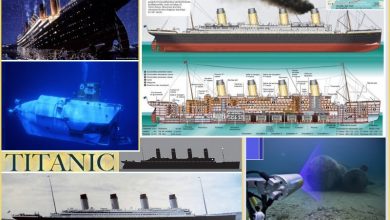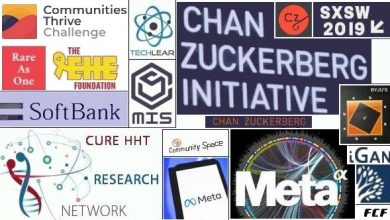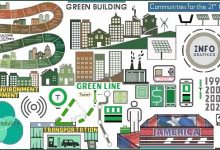
Round 3 “Crowdsourced education benefits”
As the previous rounds have shown, crowdsourcing technologies have enabled students to identify the most probable issues of the present and outline the future. Additionally, an important advantage of using such technologies in education is that they bring under scrutiny surprising issues, which do not belong to the current agenda of expert analyst, even though they are very relevant.
In general, crowdsourcing came to education not from schooling platforms, but from collective workspaces. A good illustration is Wikipedia, a collectively updated website that has gained popularity as a universal knowledge base.
Commercial services often employ crowdsourcing to achieve several goals at once. For example, the language-learning website Duolingo easily combines remote learning with translation of real texts that stand in high demand with the netizens and have implications far beyond being merely educational materials.
The potential of using crowdsourcing technologies is directly linked to the fact the education has surpassed institutions. In this situation, collective work allows to develop relations of openness and mutual responsibility between all participants, students as well as teachers. Crowdsourcing environment is an effective tool to engage many participants in solving an important task, but it also has an ethical dimension: it fosters the principles of volunteer work, increases the moral capabilities of the students and can facilitate the development of professional skills knowledge and general knowledge about culture. Of special importance here is team working and collaboration skills.
If we look at methods of education, this model is at the intersection of project-making and interactive education technologies or active education. This emphasis on independent activity breeds innovations within the education process, as students seek new knowledge at every stage of the work and the join individual understandings together like a jigsaw puzzle, creating a solution for a complex problem. The result is quality education through students’ engagement and activity.
This approach gives room to improve the education program at any moment, develop and deepen its elements. As students provide feedback to teachers, successful methods are selected for further use.
Moreover, the education process is transformed as it carries the students out of the classroom framework, fosters massive research initiatives and uses their results to access new knowledge.
A good example of integrating science and crowdsourcing is Galaxy Zoo. This project helps astronomic observatories that collect terabytes of information every day but do not have the time to organize and classify the new data. Galaxy Zoo is the open collective tool for visual classification of galaxies, using images obtained as part of Sloan Digital Sky Survey. It facilitates the speedy increase of scientific knowledge and allows for the integration of this knowledge into a dynamic learning process.
Even the current education system gives many options for use of crowdsourcing. Examples include exploratory research for development of new problem spheres, collective efforts towards solving educational tasks, or creation of large databases by students and teachers together. Using the education resources for these tasks will increase data quality and reduce time spent on checking. These activities should always involve students cross-checking each other’s results, correcting them or sending them back for revision. The resulting databases, for example, of protest actions, can later be used by graduate students as part of specialized courses.











